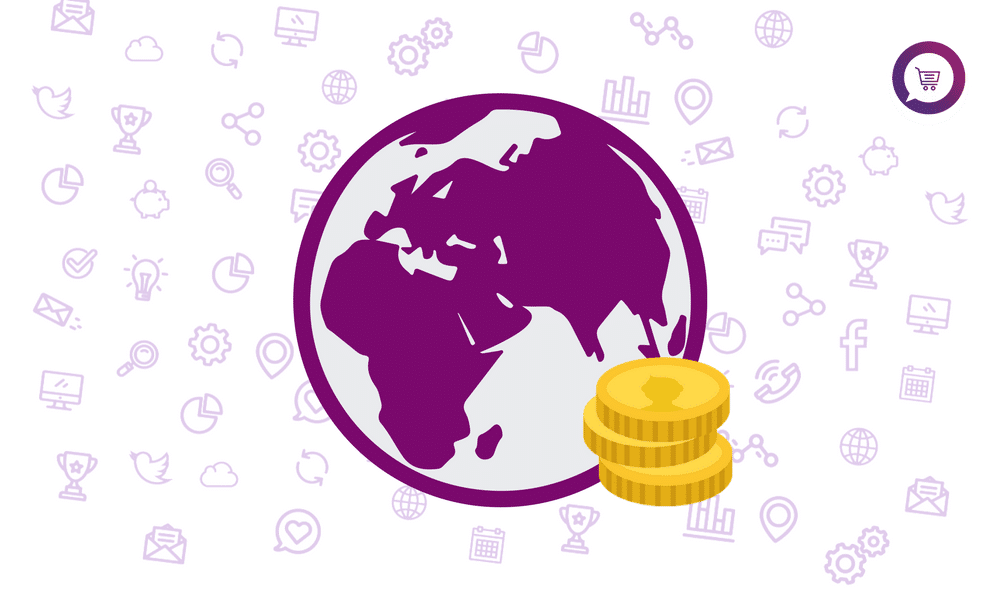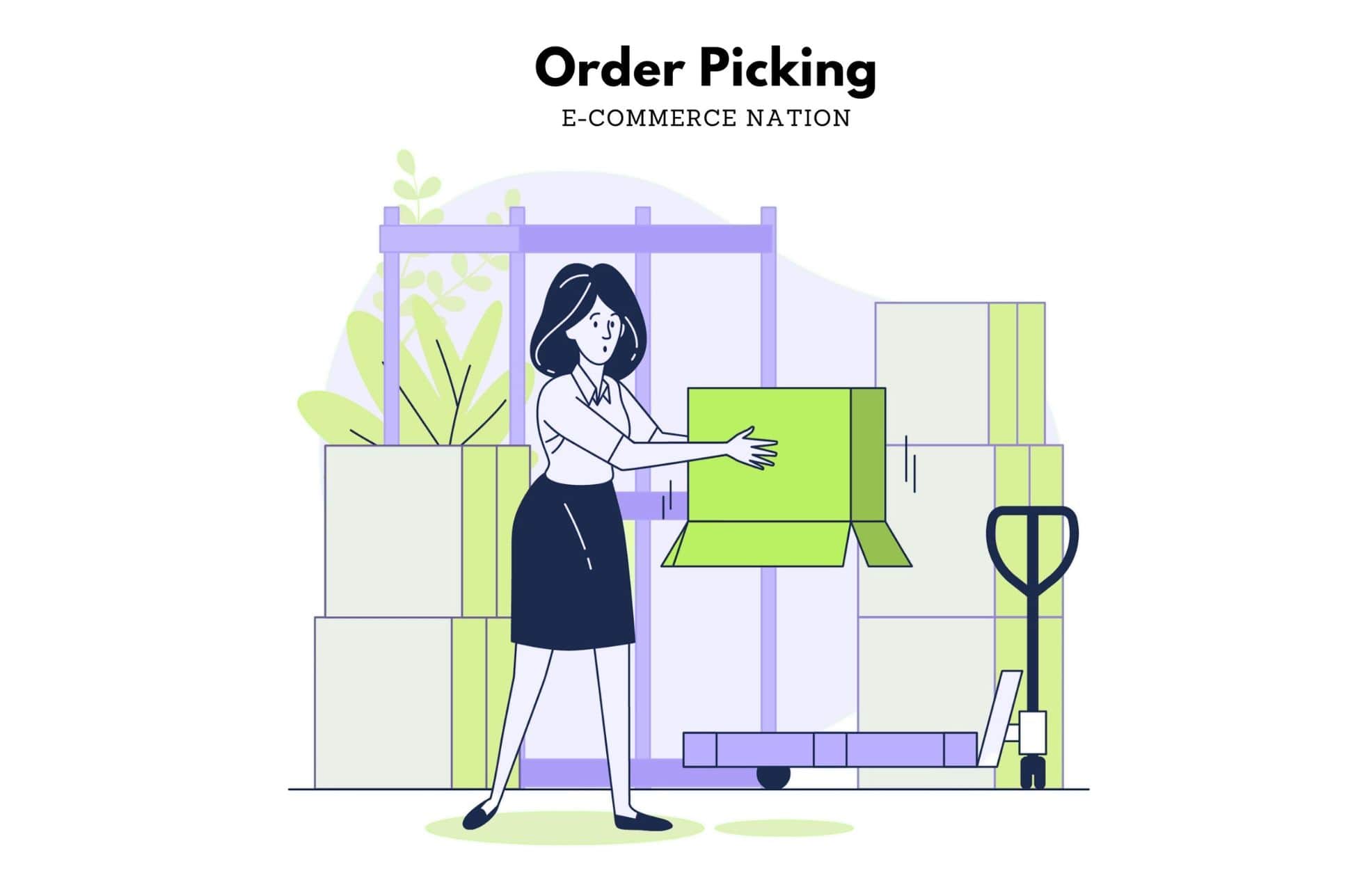Have you ever bought something from an online shop that wasn’t in English? I’m not a betting man, but I’d bet all my marbles that you haven’t.
Why?
Well, first of all, I personally wouldn’t feel incredibly comfortable buying things in a language that I didn’t speak. Secondly, statistically speaking, English is the dominant language of the Internet, so there’s no real shortage of online shops in my mother tongue. So, what does that mean for non-English speaking internet users? Do they feel the same way about English content? Do you have to translate your website in order to grow internationally? In a word, yes. In more words, yes, but there’s more to localising a website than just translating the words in your shop.
Some statistics
When it comes to the world wide web (no one calls it that anymore, but it seems appropriate in this context), you can probably guess which language dominates. I’ve found some interesting statistics about the language of the internet and how it has changed over the years.
The sun never sets on English content
With the internet’s birth and evolution taking place in the USA, it makes sense that the majority of websites were initially created in English. However, the rest of the world is “catching up” and websites are popping up in different languages everywhere. According to Internet World Stats, English speakers still come in at #1 when it comes to internet users with 26.3%, yet 51.6% of content is written in English. To put that in perspective, Chinese users make up 20.8% of internet users (2nd place), while only 2% of online content is written in Chinese (9th place).
Though these numbers seem to point to complete domination by the English language, when you consider that an estimated 80% of online content was in English about two decades ago (source: Funredes), then 51% doesn’t seem quite as strong as it did before.
Shoppers want to shop in their comfort zone
Statistics like the ones mentioned above definitely tell certain stories, but I believe that my first point in the introduction really highlights my main point, especially when it comes to e-commerce. When it comes to spending money online, people will feel more comfortable buying things in their own language. This isn’t just a gut feeling though. I’ve found some stats that support this claim as well.
The Common Sense Advisory surveyed 3,000 global consumers from non-Anglophone countries in Europe, Asia and South America back in 2014. Their study revealed that 75% of consumers prefer purchasing products in their native language, with 60% rarely or never buying from English-only websites. Though, these numbers might look a bit old, it’s worth noting that these preferences actually increased since 2006, where preference for native language web shops was at 72.4%.
In my opinion, these stats correlate to the stats mentioned in the section above. In other words, with more and more content being produced in other languages, consumers are getting used to shopping in their mother tongue. The more content that’s produced in their language, the more they prefer to shop in that language. It really comes down to spending money in your comfort zone. Makes sense, doesn’t it?
Some solutions
Your company is succeeding on your home turf, but you want to grow internationally now. The numbers above have convinced you that translating your website for local markets is in your company’s best interest. However, there is more to localisation than just translating your site. Let’s take a look at all the things you need to consider in order to localise properly.
Lost in translation, found on Google
The first step towards localising is obviously translating your website. Besides making your shop visitors feel more comfortable, it makes total sense from an SEO perspective. French shoppers don’t search for “socks” on google.com, they search for “chaussette” on google.fr. So if you want to rank decently on Google’s French site, then you’d better make sure your products are searchable. When translating your website, it’s recommended that you find a native speaker to translate your site despite all the translation tools out there. Every language is very unique. There are fine points and nuances that translation tools don’t pick up on, and no one can speak to locals like a local can. If you have unique content and product descriptions (which you should because Google loves this as well), this is especially important.
A change of peso
Besides changing your website into the local language, it definitely makes sense to change your prices into the local currency. The logic here isn’t exactly rocket science. Similarly to translation, this is a comfort thing. International shoppers may or may not be familiar with the pound, so they may not be comfortable buying things in a different currency. Provide your customers with prices in their currency (or perhaps in both currencies as the Chinese market prefers). Making new customers feel at home is crucial to building trust.
Payment opciones
Speaking of payments, it’s worth researching what the preferred payment is for your market. Just like every language is unique, payment preferences vary in every country. Germans like buying things with SOFORT, a bank-to-bank payment option, while in Italy it isn’t uncommon to pay cash on delivery. The list goes on and on. PayPal is well-known in many, many countries, but people love having options, so check what the big retailers are doing in those countries for clues. Remember, when it comes to conversions, comfort is king.
Because trust is a must
Looking at the above advice, it’s clear that comfort and trust are huge factors for online shoppers. They all have their preferences, and in e-commerce the customer’s journey is fragile. Give them a reason to distrust you and you can probably just say goodbye forever.
Entering a new market is tough, so one last piece of advice is to build your reputation. Advertising and marketing can build brand awareness, but these days, consumers rely on each other more than anything when it comes to completing a purchase. With the right review system, you can collect reviews in multiple languages and Google loves reviews. In Google’s eyes, reviews are like fresh, new content, which helps websites rank higher in search results, so don’t forget to send out those review requests.
Conclusion
If your business is ready to take the next step and start selling internationally, then localisation is the key to reaching these new markets. Trusted Shops has produced a free white paper digging into the topic a little bit deeper here. However, if you take one piece advice from here, treat your website like an ex-pat, not a tourist. If you want to stay in a new place for the long-term, start thinking like a local!





